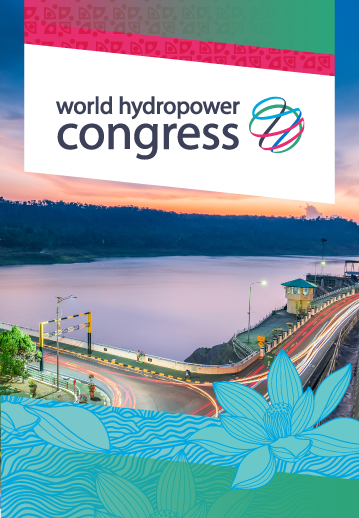#IHA30 - Sustainable Hydropower: Generation and decarbonisation to energy security and jobs
The following blog was authored by Pablo Valverde, Deputy CEO, International Hydropower Association
-p-800.jpg)
Introduction
When I joined the hydropower community five years ago, the conversation around clean energy was very different. The focus was on how quickly renewables could grow to deliver net zero. Now, as the International Hydropower Association (IHA) marks its 30th anniversary, the focus is about how we keep energy systems secure, reliable and resilient as they transform.
Two recent publications have captured that shift for me: the IEA’s Renewables 2025 report and with that, their Executive Director, Fatih Birol’s renewed call for the world to stop treating hydropower as 'the forgotten giant of electricity.' Both point to the same reality: the clean-energy transition is accelerating - but speed alone is not enough. Only hydropower provides security and stability at scale.
From growth to security
The IEA Renewables 2025 report marks a turning point. It shows that global renewable capacity is set to nearly double between 2023 and 2028, meeting over 95% of power expansion worldwide. An expansion at this speed and scale raises the critical question: can power systems built for stability adapt to rapid change?
Hydropower, the established, stable and proven technology, doesn’t just generate clean, green electricity; it underpins energy security. It provides long-duration storage and grid stability through inertia, voltage control and black-start capability. It’s also largely a domestic resource built to last for generations and one of the few clean technologies that strengthens energy security on every front.
Most importantly, it will continue to do so in the future. The 2025 World Hydropower Outlook shows that in 2024, global hydropower generation rose 10% to 4,578 TWh, despite droughts in several regions. Installed capacity reached 1,443 GW, including 189 GW of pumped storage — more than 90% of the world’s energy storage. And another 600 GW of pumped storage is in development.
In other words, the backbone of the renewable grid already exists. The challenge now is to strengthen it.
Modernising the foundation
As Fatih Birol reminds us, hydropower provides a tried and tested foundation for the energy transition. We must cherish it.
Cherishing has practical implications because around 40% of the world’s hydropower plants are now over 40 years old. To turn 40 years assets into even more productive forever assets, they need reinvestment and modernisation, to support the variable renewable energies that are coming online rapidly.
Resilience in action
What is needed is a change in how we collectively look at grids. We need to reframe our focus from generation output to flexible systems that tolerate intermittent influxes. Hydropower can provide this security.
Solar and wind power provide essential energy, but they depend on the weather. Batteries can bridge short gaps but are measured in hours. Hydropower, by contrast, can respond instantly, sustain that response for weeks, and store energy across seasons. It is the technology that keeps renewable systems stable and keeps our lights on.
Furthermore, it is not reliant on long, complicated supply chains. Water and elevation is available in almost every country. Concrete is easy to produce and the turbine market buoyant.
Energy security for people
In many regions, decentralised hydropower remains one of the most practical ways to provide clean, reliable power to off-grid communities.
When done sustainably, hydropower of any scale builds jobs, skills and local resilience. That is why at IHA we always go back to the San José Declaration on Sustainable Hydropower: “sustainable hydropower is a clean, green, modern and affordable solution to climate change. Going forward, the only acceptable hydropower is sustainable hydropower”. For us, energy security and sustainability are inseparable.
A call to recognise the foundation
The IEA’s analysis and Fatih Birol’s warning, make one point: hydropower is a key enabling technology of energy security.
Thirty years on, as IHA looks to the future, that feels like a renewed purpose: to ensure hydropower is recognised not only for the electricity it produces, but for the security and resilience it provides to communities everywhere.
Because the transition will not be measured by how much renewable power we can build, but instead, by how reliably we can keep the lights on.










